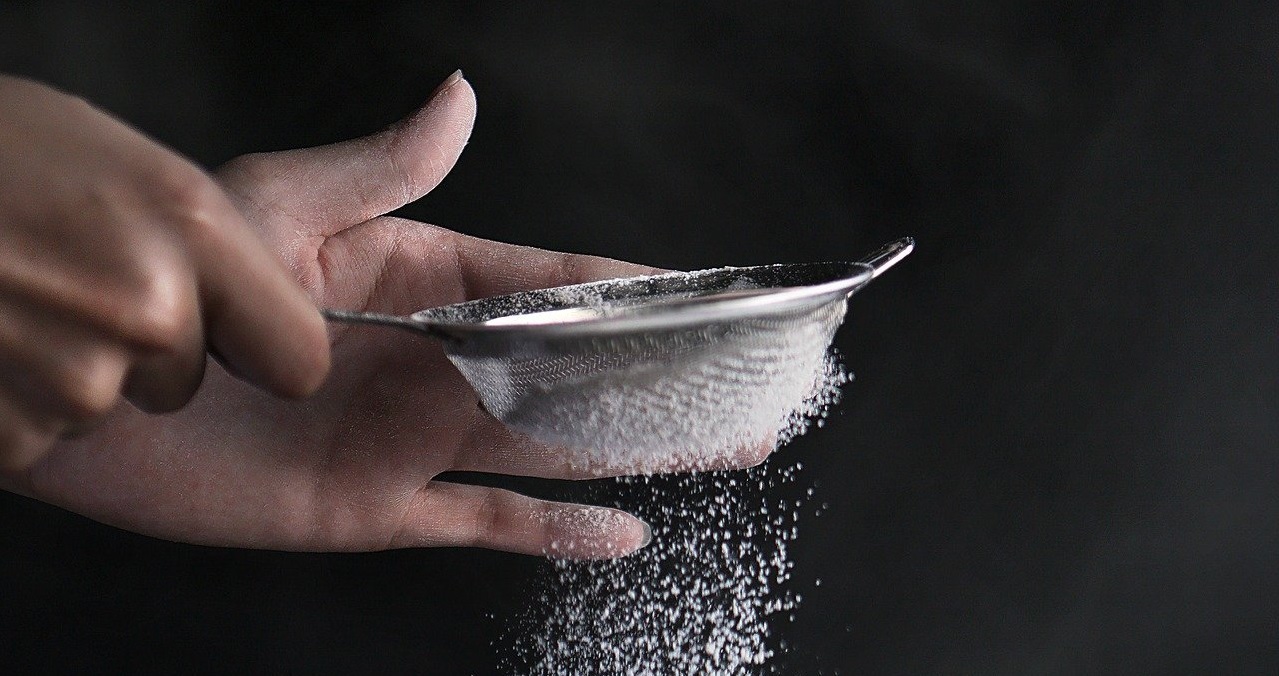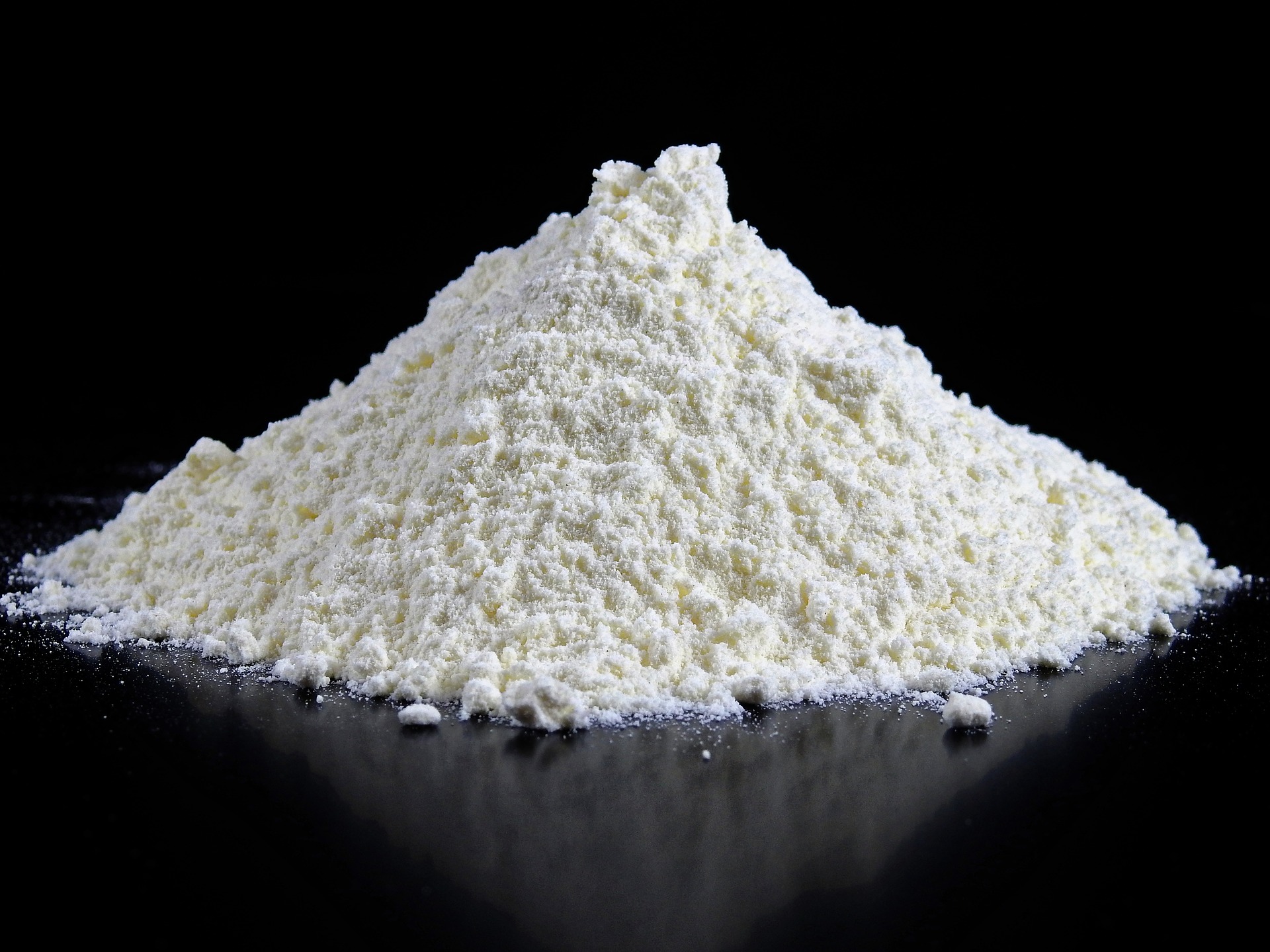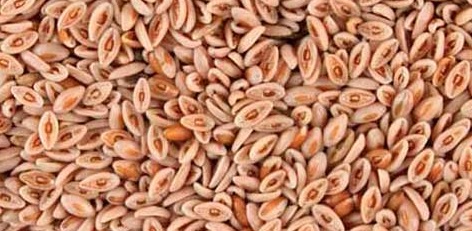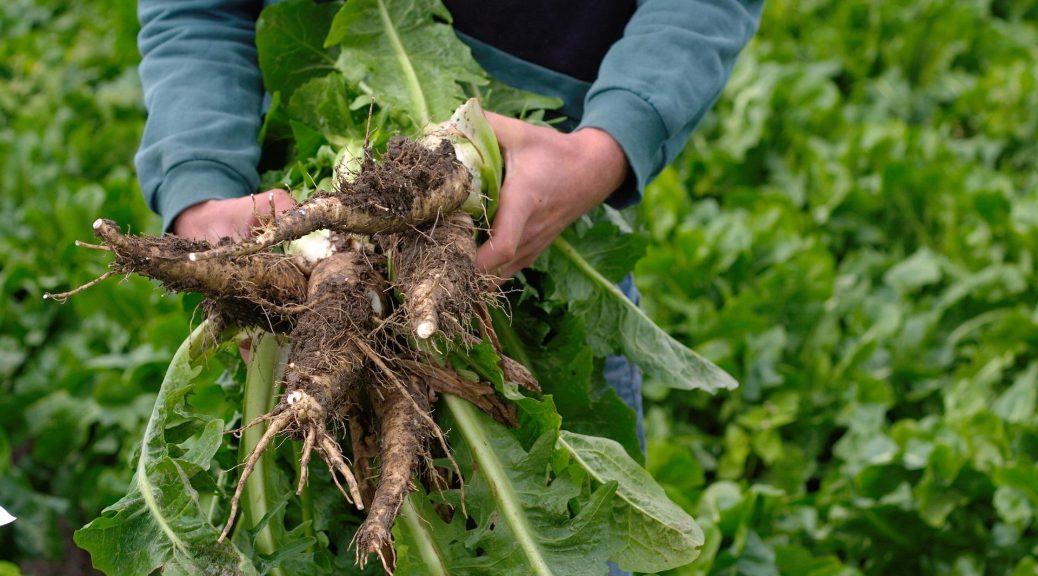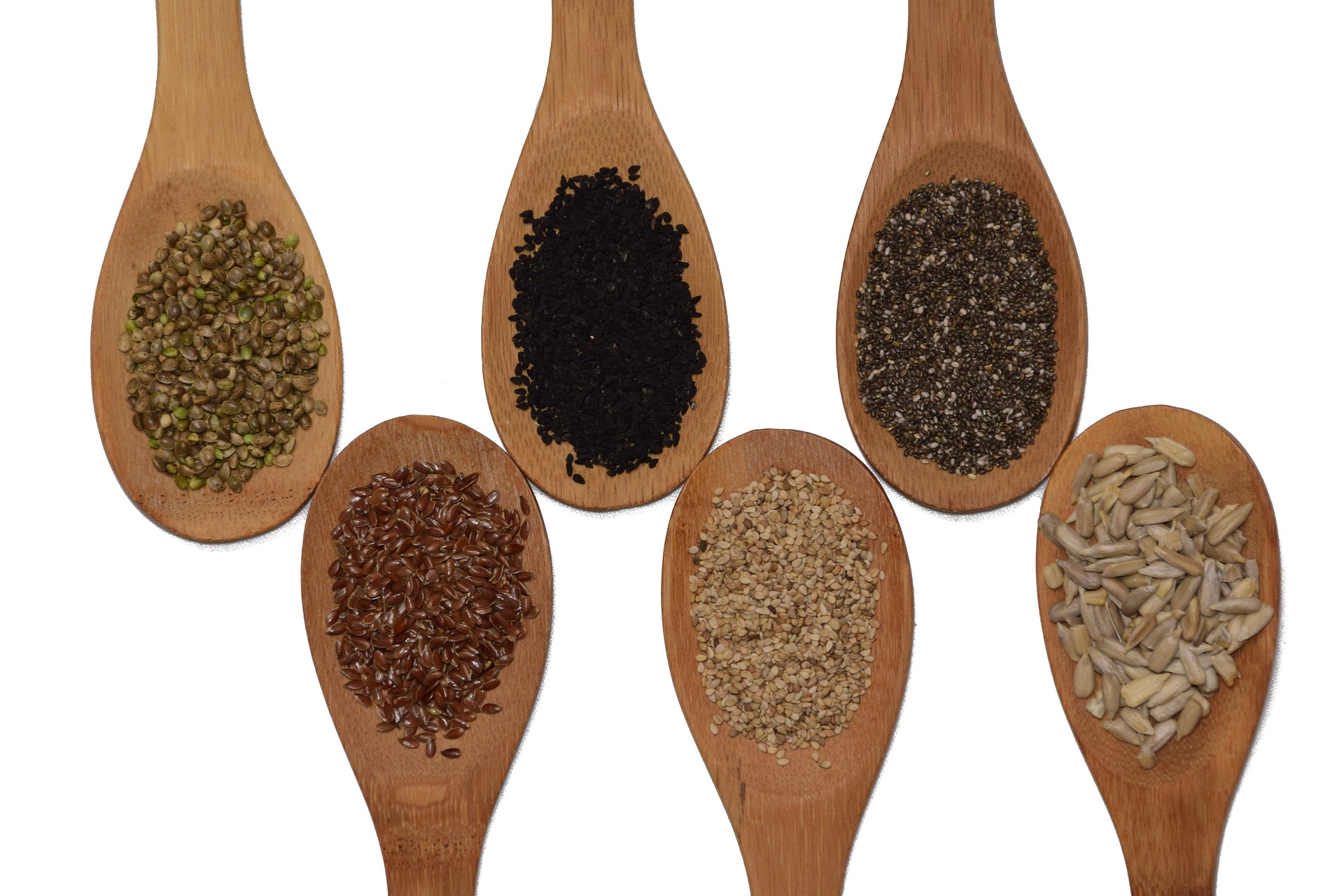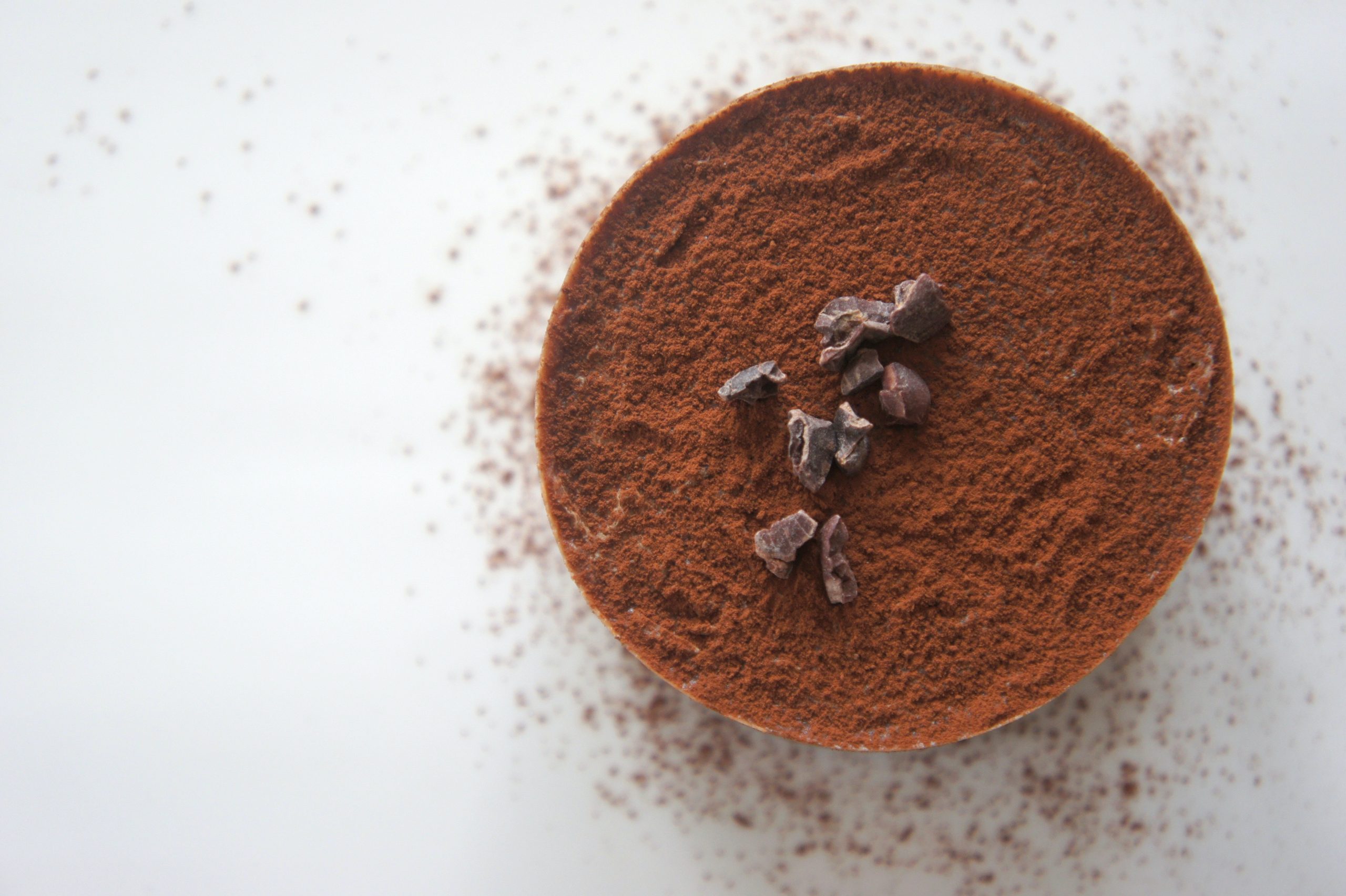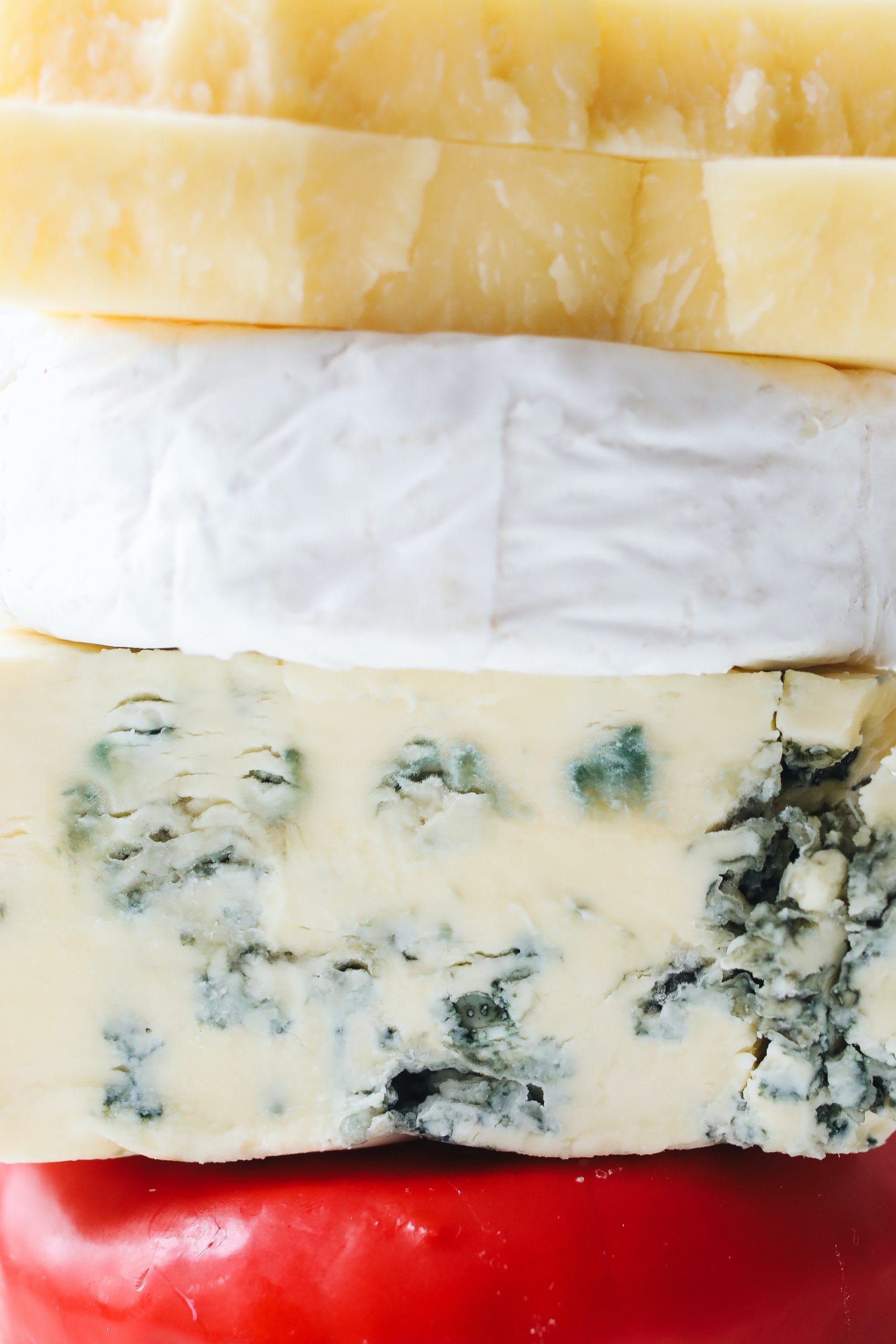Flavours
In the food industry, the use of flavourings in various formulations is quite common. In this entry, we will analyse the use of these products in the production of baked goods and some aspects to consider when choosing them. First of all, it should be noted that although we usually refer to them as aromas, some of them are also complemented by substances that can affect the taste of the products, either by adding a touch of acidity, sweetness, bitterness,…


